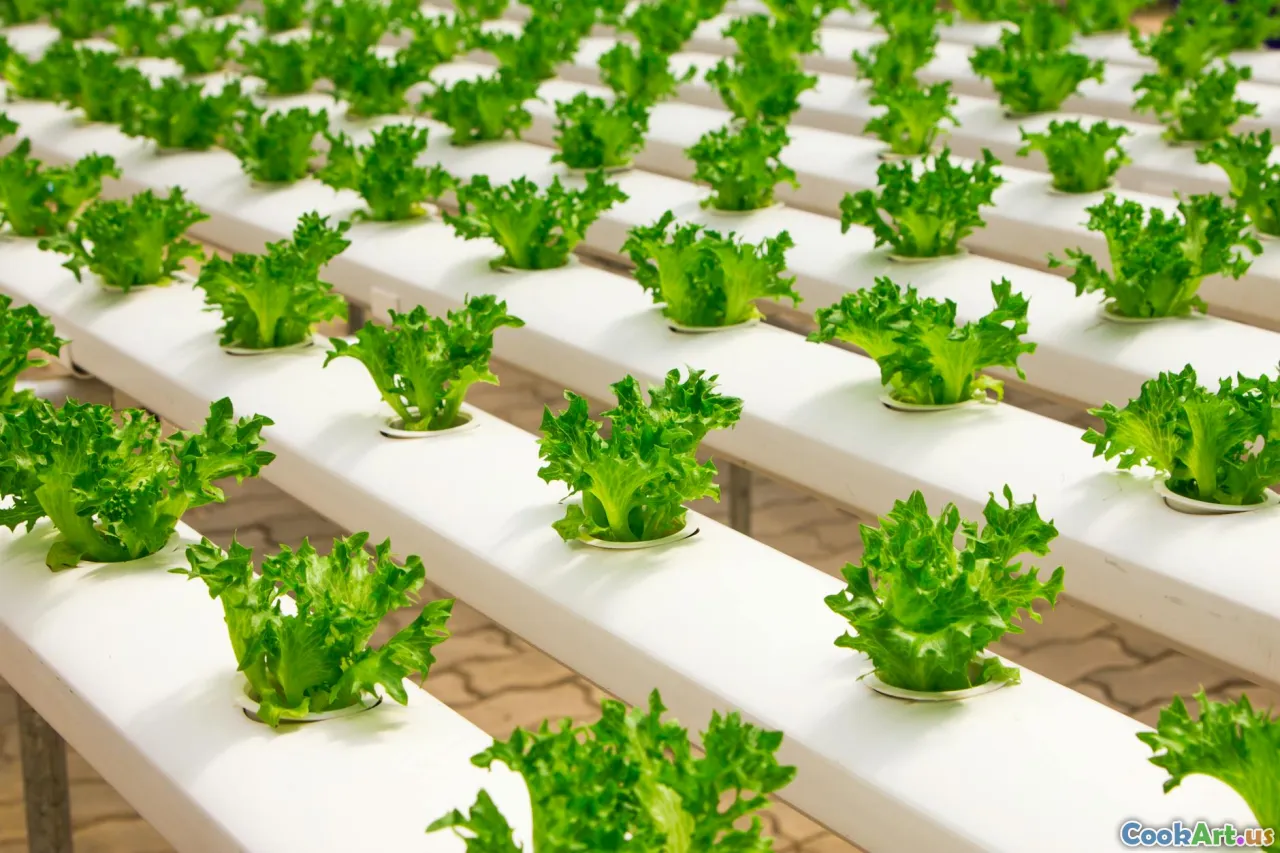Tech Driven Innovations for Sustainable Eating
6 min read Explore cutting-edge technologies transforming sustainable eating and reshaping our food systems for a greener future. April 07, 2025 05:45
Tech Driven Innovations for Sustainable Eating
In an ever-evolving culinary landscape, tech-driven innovations are paving the way for sustainable eating practices that are not only environmentally friendly but also enhance our overall food experience. From smart farming technologies to AI-driven food production, these advancements are helping to create a more sustainable food system globally.
The Rise of Smart Farming Technologies
Smart farming, also known as precision agriculture, is transforming the way we grow food. Utilizing IoT (Internet of Things) devices, farmers can monitor crop health, soil quality, and weather conditions in real time. This data-driven approach allows for more efficient use of resources, reducing water and fertilizer waste while maximizing yield. Technologies such as drones and automated machinery are also playing a significant role in optimizing farming operations.
Case Study: Vertical Farms in Urban Areas
Vertical farming is one of the most exciting developments in sustainable agriculture. By growing crops in stacked layers, often within controlled indoor environments, vertical farms can produce fresh produce year-round with minimal water usage and no pesticides. Cities like Singapore and New York are leading the way with innovative vertical farming projects, reducing food miles and providing fresh, local produce to urban populations.
AI and Food Production
Artificial intelligence is revolutionizing food production by improving efficiency and reducing waste. AI algorithms can analyze vast amounts of data to predict demand, optimize supply chains, and even suggest crop rotations that improve soil health. Companies like IBM are using AI to enhance food safety by tracking contamination sources and ensuring traceability from farm to table.
Blockchain for Transparency
Blockchain technology is gaining traction in the food industry for its potential to enhance transparency and safety. By providing a secure and immutable record of each stage of the food supply chain, blockchain can help consumers make informed choices about their food, ensuring they know exactly where it comes from and how it was produced. This technology also aids in quickly identifying sources of foodborne illnesses, streamlining recall processes.
Plant-Based Protein Innovations
As the demand for plant-based diets continues to rise, food tech is stepping up with innovative alternatives to traditional animal proteins. Companies are developing lab-grown meats and plant-based products that mimic the taste and texture of meat while significantly reducing environmental impact. Innovations in food processing are making these alternatives not only more accessible but also more appealing to mainstream consumers.
3D Food Printing: A New Frontier
Imagine printing your meal layer by layer with a 3D food printer! This technology is making waves in the culinary world, enabling chefs and home cooks alike to create intricate designs and personalized nutrition. 3D food printing can also help reduce food waste by utilizing ingredients that might otherwise be discarded, turning them into edible creations.
Tackling Food Waste with Technology
Food waste is a major issue globally, and technology is stepping in to provide solutions. Apps that connect consumers with surplus food from restaurants and grocery stores are gaining popularity, allowing food that would have gone to waste to feed those in need. Additionally, smart kitchens equipped with sensors can help consumers manage their food inventory, suggesting recipes based on what’s available and reducing spoilage.
Personalized Nutrition Solutions
As we move towards a future where health and wellness are paramount, personalized nutrition is becoming increasingly important. Wearable technology and health apps can analyze individual dietary needs, preferences, and health conditions, offering tailored meal plans and recipes that promote a sustainable lifestyle. This shift not only supports individual health but also encourages sustainable eating habits.
Conclusion
Tech-driven innovations in sustainable eating are not just a fleeting trend; they represent a fundamental shift in how we approach food production, consumption, and waste. As technology continues to evolve, it holds the potential to create a food system that is not only more efficient but also more aligned with the values of sustainability and health. Embracing these innovations can lead us towards a greener, healthier future where sustainable eating becomes the norm.









